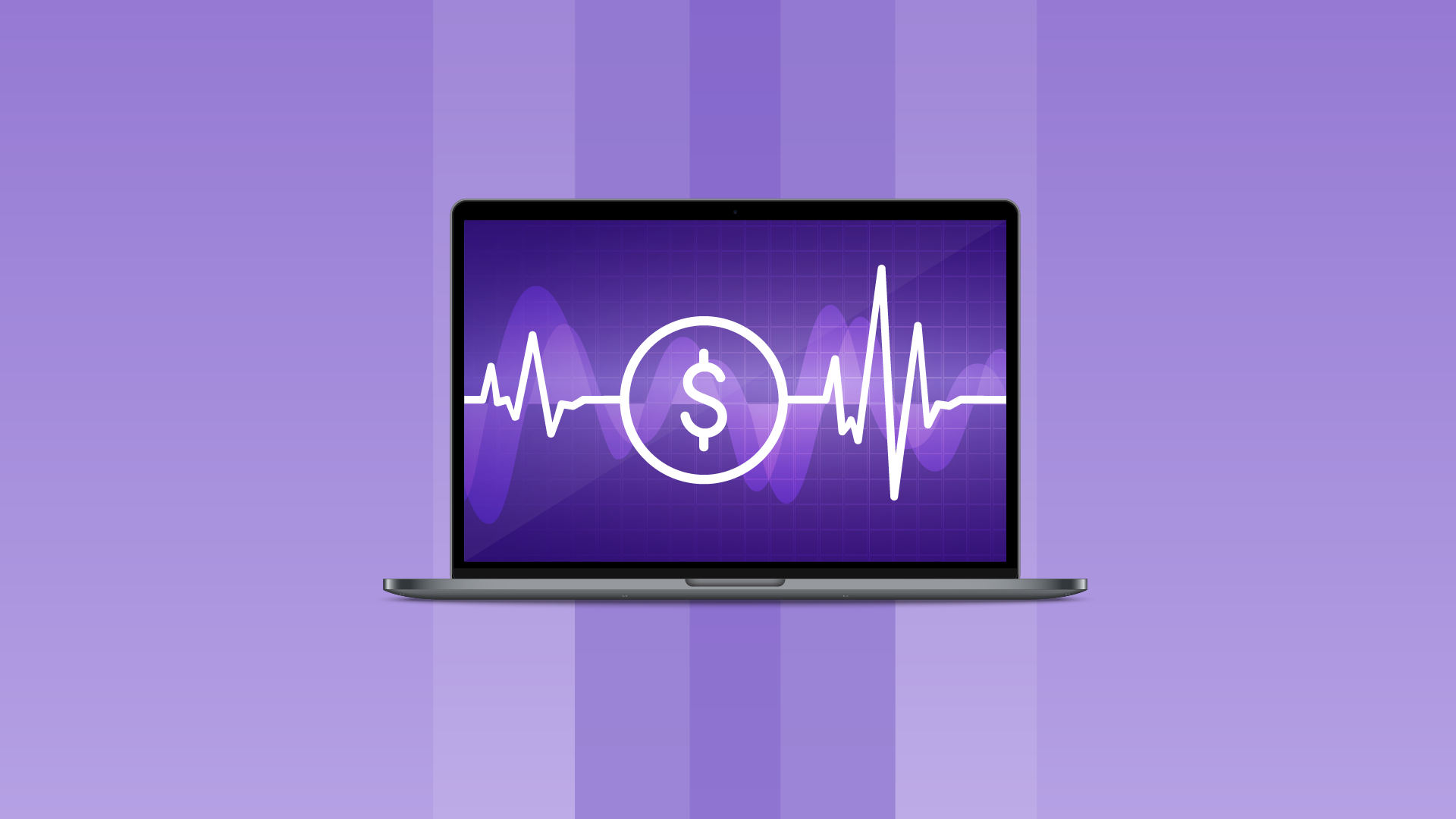Healthcare billing practices are constantly evolving, significantly impacting payment integrity for health plans seeking to prevent inappropriate spend and protect their members’ benefits. In particular, emergency department billing and medical drug wastage have become significant contributors to rising expenditures, as evidenced by trends observed directly in claims payment data over the past several years.
Here, we examine these trends in detail and offer strategies for payers to protect against inappropriate billing, helping to ensure claims are paid appropriately the first time and reducing the need to pursue overpayment recovery.
Emergency department E/M services
The trend
Emergency department (ED) evaluation and management (E/M) services make up a substantial share of overall healthcare spending, with ED utilization climbing 6–8% for commercial and Medicare over the past three years. While ED services drive only approximately 10% of E/M medical spend for professional claims, depending on line of business, that figure rises sharply to 75% for facility claims.
In addition, level 4 and 5 services account for more than 70% of all ED E/M claims across both professional and facility claim types, with that figure rising steadily since 2022—yet the overall diagnosis mix has remained consistent during that same time frame, indicating that ED patient acuity has not increased.
Finally, both the frequency and cost per ED visit have risen, with unit costs up by 4–6%, outpacing increases seen in standard office visits. The combination of increased volume and higher prices is fueling a notable rise in total ED expenditures, underscoring the need for evolving payment integrity strategies.
The solution
Adopting targeted claim edits and policies to address E/M over-coding has proven essential for improving payment integrity. In Cotiviti’s experience, health plans that adopt a prepay E/M over-coding policy prevent a significantly higher number of errors than those that have not, with more than 80% of level 5 visits being flagged as over-coded. Effective identification of outlier providers and consistent application of prepay edits are critical for managing ED spending and improving payment integrity outcomes while maintaining provider relationships.
Drug wastage modifiers
The trend
Medical drug wastage presents another challenge as both drug use and unit costs continue to rise, particularly in commercial and Medicare lines of business. The introduction and broader adoption of the JW and JZ modifiers, which are used to report and control drug wastage, are making a measurable impact. Nearly 40% of providers now use these modifiers, up significantly from the initial 9% at the time the JZ modifier was introduced.
However, Cotiviti data indicates that providers still aren’t necessarily using these modifiers correctly all the time. Indeed, payment policies that enforce appropriate use of JW/JZ modifiers now account for more than 35% of payment integrity savings Cotiviti clients capture on medical drugs. When these modifiers are not use correctly, this causes payers to overpay for high-cost specialty drugs billed under the plan’s medical benefit, such as drugs used for chemotherapy and to treat macular degeneration. With specialty drug spending now comprising 14% of total ambulatory medical spend for commercial and Medicare lines of business, driven by higher unit costs and utilization, this poses a significant challenge for payment integrity.
The solution
In Cotiviti’s experience, health plans that have implemented robust drug wastage policies are seeing additional improper claim prevention that go beyond core drug policy measures. The ability to monitor and reduce drug wastage, especially for costly therapies like chemotherapy and monoclonal antibodies, highlights the importance of not just education but strong policy enforcement to drive lasting change.
As demonstrated by these trends, informed payment policy adoption fueled by data-driven analytics is increasingly vital to payment integrity. Watch our latest Payment Integrity Pulse webinar as we offer a deeper dive into:
- Notable trends in cost and utilization impacting medical loss ratio (MLR)
- Provider billing practices, network spend, and provider billing accuracy
- Where health plans can apply prepayment policy across providers more consistently







